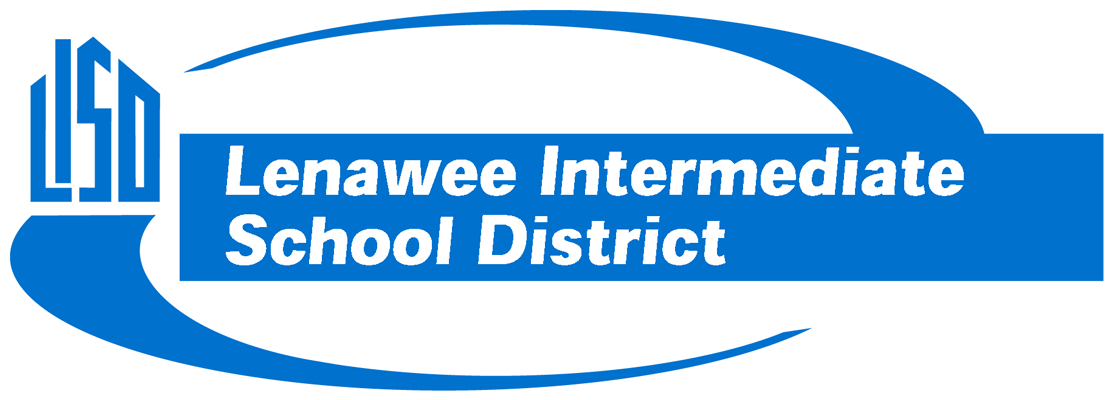Adrian, MI – This school year, Blissfield Elementary School took a bold and unified step toward improving student literacy by dedicating its full professional development calendar to one of the most critical areas in education: the Science of Reading. Through a year-long, seven-session series, staff engaged in deep, research-based learning focused on how children learn to read—and how best to teach them.
Supported by a grant from the State of Michigan, the initiative was designed to align with Michigan’s Literacy Essential Instructional Practices and featured high-quality resources and hands-on classroom strategies. Teachers explored the “10 Must-Do’s” for effective reading instruction, laying a solid foundation for transformational change across all grade levels.
The effort was led by Gina Gemalsky, Literacy Coach with the Lenawee Intermediate School District (LISD), and Robyn Francis, Blissfield’s Director of Literacy and Title Programs. With strong support from Principal Linda Mueller and Superintendent Scott Riley, the district made the strategic decision to commit all District Provided Professional Development time to this single focus—literacy.
“It was amazing to be able to focus on one topic for the entire school year—and an important one like literacy,” said Francis. “Having all our teachers from kindergarten through fifth grade, including our Art, Music, Physical Education, and STEM staff, on one page made the training that much more valuable. It helped everyone see what their role is in developing literacy skills in our students.”
Gemalsky, who helped design and deliver the sessions, emphasized the importance of intentional planning and relationship-building. “Robyn and I collaborated to thoughtfully design content that was relevant and engaging for all staff members,” she said. “We grounded our work in effective adult learning principles outlined in the Essential Coaching Practices for Elementary Literacy, ensuring staff could meaningfully connect with and apply the content.”

Throughout the year, educators participated in whole-staff sessions and small group meetings, where the learning was closely tied to classroom practice. Importantly, LISD coaches also modeled lessons in classrooms—helping bridge the gap between theory and practice. That boots-on-the-ground support was deeply appreciated. “Gina is always willing to jump in, brainstorm, and gather resources,” said Blissfield teacher Bailey Horn. “She helped us see that we don’t have to feel bad about past practices—we just use new learning to do better moving forward.”
Blissfield teacher Emily Loar, who previously completed Language Essentials for Teachers of Reading and Spelling training, said the focus on literacy provided timely and practical benefits. “I gained more knowledge, and it was helpful to connect what I was learning to our curriculum,” she said. “The phonics rules and ideas fit in seamlessly, and students became more independent because of the strategies they were learning.”
Horn agreed, noting the value of consistency. “Having the entire staff focused on the same learning built a collective energy that really strengthened our approach,” she said. “It helped us use consistent language and strategies with students, which goes a long way in supporting their growth.”
As the year progressed, Gemalsky observed meaningful changes in teacher mindset and practice. “Teachers began asking deeper, more thoughtful questions and demonstrated a growing desire to expand their knowledge,” she said. “They used the professional learning time to reflect on their own literacy practices and the individual needs of their students.”
To reinforce the learning, each staff meeting included a brief “Application Learning” segment. “It was doable, and teachers seemed to understand the process well,” Loar said. “Even a small window made a difference.”
The grant also allowed the district to invest in professional books and classroom resources to support continued growth. “We were able to purchase so many books for students and professional resources for teachers,” said Francis. “The funding was a dream come true and helped us provide materials that directly support best practices.”
Looking ahead, Blissfield staff will continue their learning through Professional Learning Communities, focusing on applying, refining, and expanding their use of Science of Reading practices.
Gemalsky believes the impact will be long-lasting. “This unified commitment gave teachers the opportunity to collaborate and learn together around a shared focus,” she said. “That kind of systematic approach will ultimately benefit every student who walks through the doors of Blissfield Elementary.”
She also hopes families and the broader community see the importance of this investment. “The time, energy, and commitment the staff have poured into making this initiative a success speak volumes,” Gemalsky said. “They didn’t engage in it because they had to—they did it because they genuinely want every student at Blissfield Elementary to succeed.”

